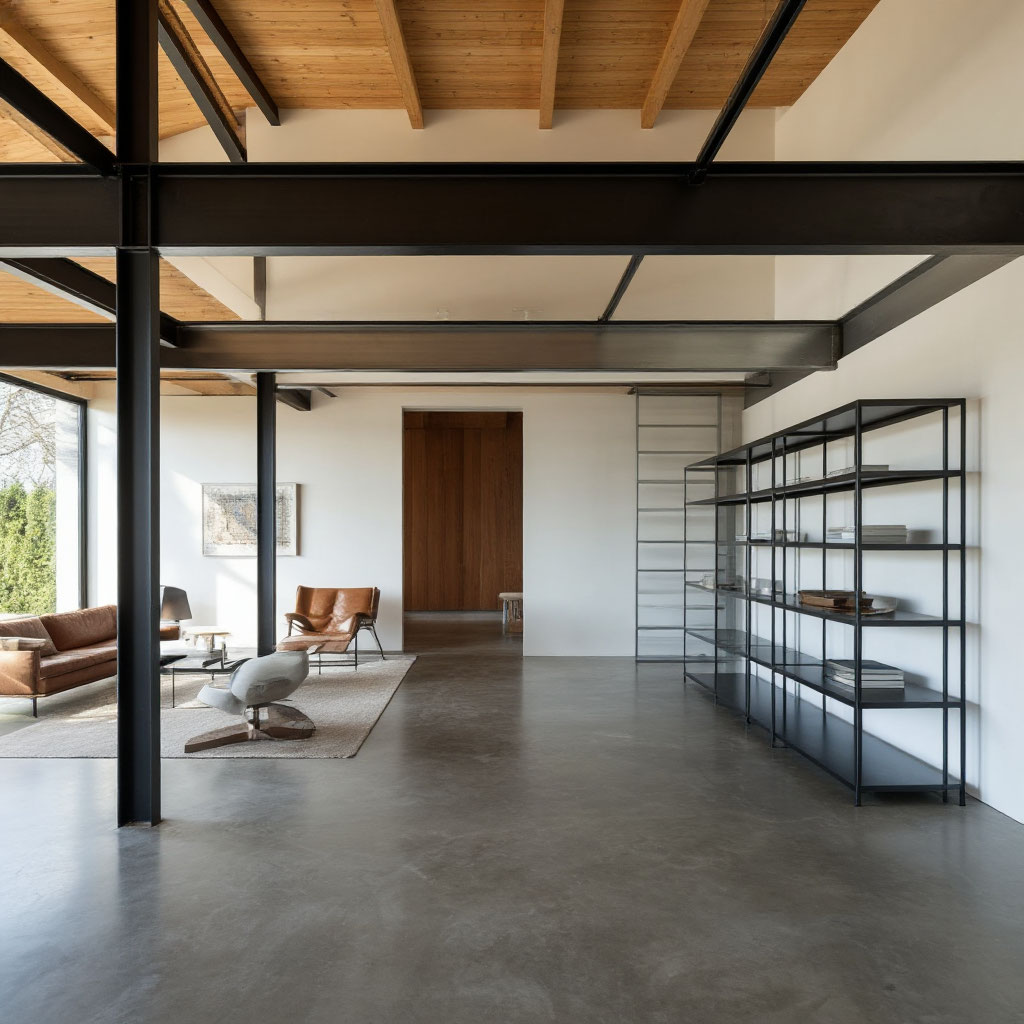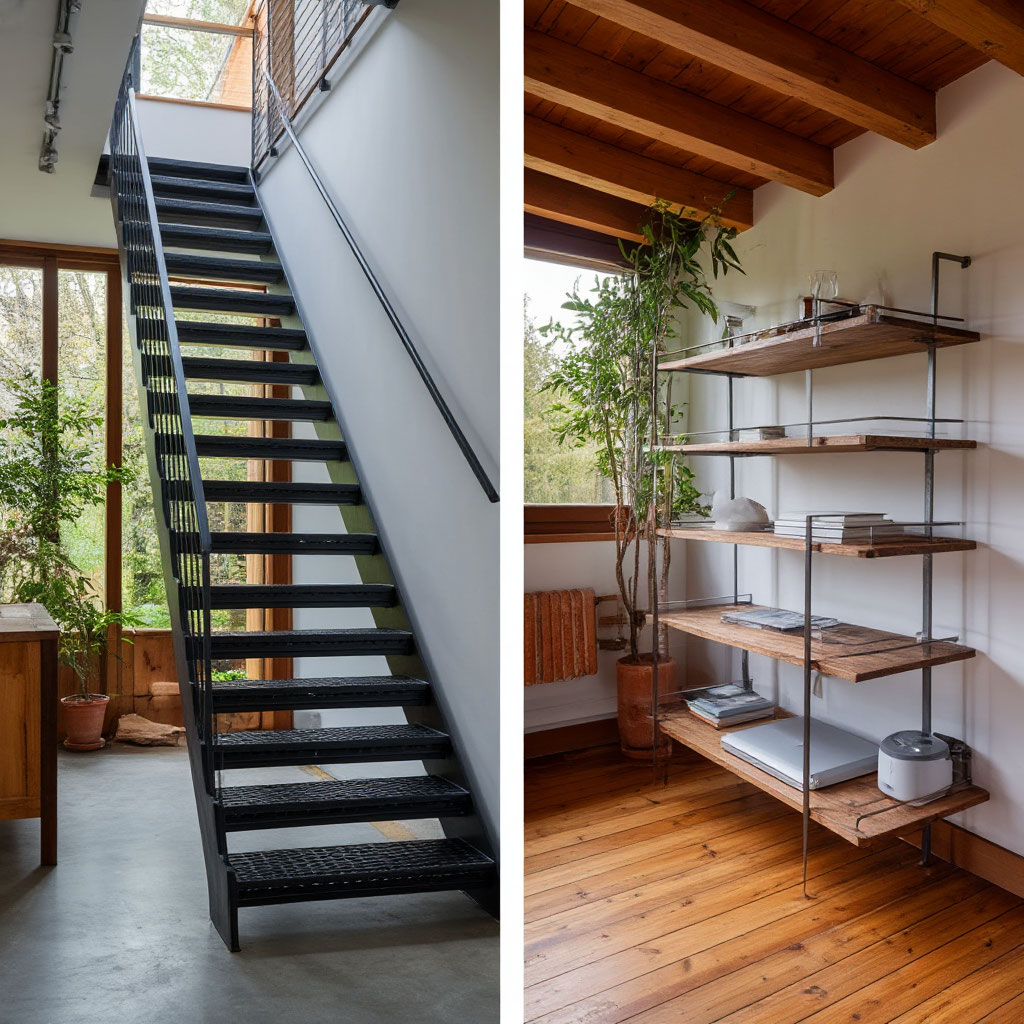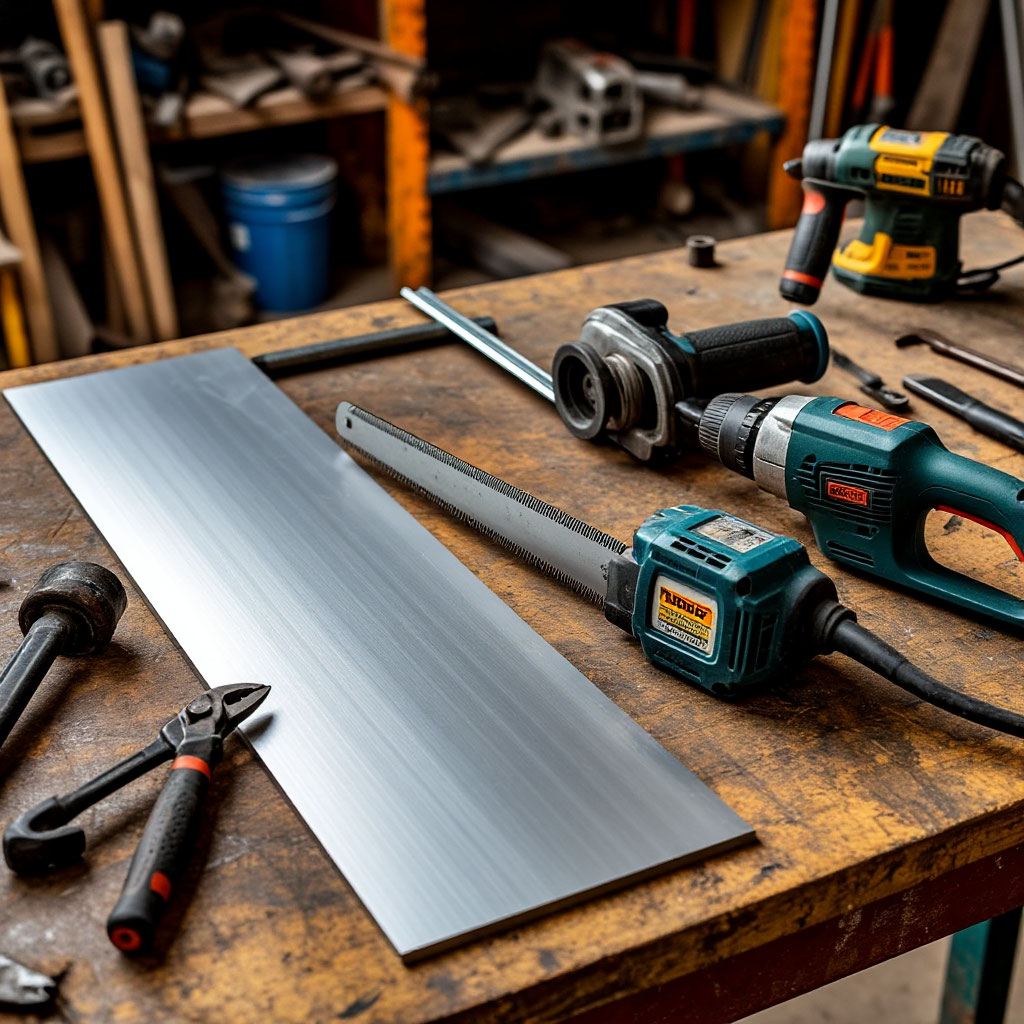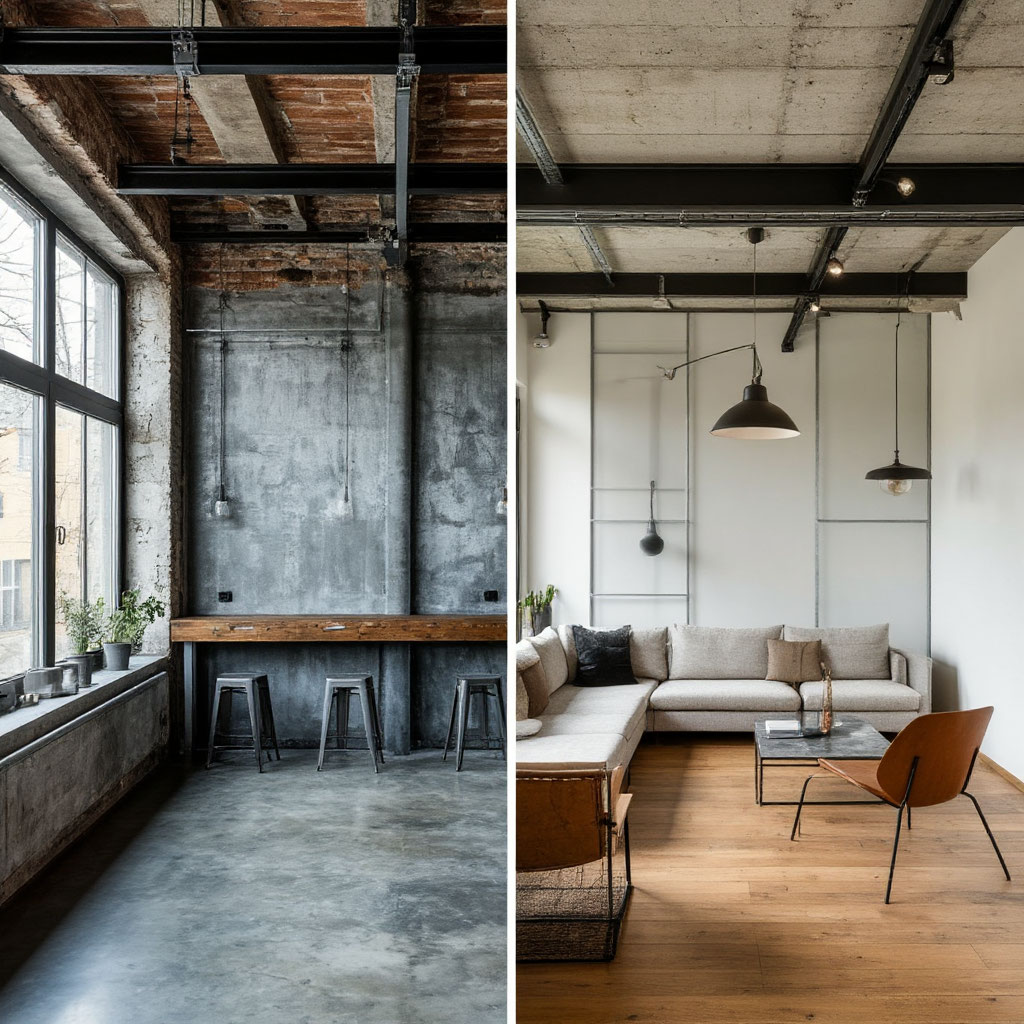Steel vs. Aluminum: Which Metal Is Best for Home Design Projects?
Working on a home upgrade? The metal you choose could shape the outcome. When comparing steel vs aluminum for home projects, think beyond looks. Each metal has strengths. Steel is solid and dependable. Aluminum is light and easy to handle. The key is knowing which one fits your project better. Let’s unpack how they differ and where each one works best.

Table of Contents
ToggleKey Differences Between Steel and Aluminum
Choosing metals for DIY isn’t only about durability. It’s about fit. Steel is heavy-duty. Aluminum is more flexible and light. Both can work indoors. One might last longer, but the other saves effort. It depends on what you’re building and how it needs to perform.

Structural vs Decorative Metal: What Sets Them Apart?
Steel holds firm under weight. It belongs in load-bearing pieces like support beams or big shelving. Aluminum leans toward design. It’s better for clean edges and softer shapes. That’s why it shows up in lighting, handles, and trim. The difference is in the purpose—steel supports, aluminum decorates.
Sometimes the distinction also depends on the look you’re going for. Decorative use doesn’t mean weak or fragile. Aluminum finishes can be stunning. They come in brushed, polished, or powder-coated styles that elevate the overall room. Meanwhile, steel is better for that bold, utilitarian feel. It gives structure a visual punch.
Strength & Durability: What Each Metal Offers
Wondering which metal is stronger? Steel clearly wins in force. It’s built to last and resist impact. That’s why it works well in stair rails, bed frames, and brackets. Aluminum may not match its raw strength, but it holds up well for its weight.
Now, for lightweight vs heavy-duty metal needs:
- Use steel for structure or pressure-heavy zones.
- Use aluminum when ease, flexibility, or finish matters.
Aluminum beats steel at resisting rust. It’s great in damp areas like kitchens or bathrooms. Steel needs a good coat to keep moisture out. Once treated, though, it stays tough and dependable.
The durability of aluminum comes not just from resistance to corrosion, but from how it behaves in daily use. It doesn’t flake or chip as easily. That makes it useful for frequently handled fixtures or trim. Steel’s strength is mechanical. It takes force to bend it, but it can scratch or rust if left untreated.

Cost, Weight, and Workability Compared
Here’s a quick glance at the numbers. This cost comparison aluminum steel chart breaks it down:
| Factor | Steel | Aluminum |
|---|---|---|
| Upfront Cost | Lower | Higher |
| Long-term Maintenance | Needs protective finish | Rarely needs extra care |
| Weight | Dense | Easy to carry |
| Ease of Cutting | Needs specialty tools | Cuts with basic tools |
| Typical Use | Frames, supports | Hardware, decor |
Steel wins on price. It’s a budget pick for major projects. But aluminum saves time. It works better for short timelines or smaller projects. That’s especially true where rust resistance in home decor matters most.
In terms of workability, aluminum is far more forgiving. You can drill, cut, and sand it with basic tools. If you’ve ever tried to modify steel with standard gear, you know it’s a challenge. That extra effort may be worth it for high-impact areas. But when ease is key, aluminum feels like a breath of fresh air.
Best Applications for Steel in Interior Projects
Steel is the go-to for muscle. It works for staircases, beds, and anything load-bearing. In homes with a modern industrial look, it brings a bold finish. Matte black, raw silver, or even brushed finishes can help shape that vibe.
For indoor metal use, steel stands up well:
- Heavy furniture frames.
- Thick shelving brackets.
- Entry door frames.
- Kitchen handles in high-use zones.
Steel needs more prep. But it lasts. If you’re ready to commit to cutting and finishing it right, steel will reward the effort.
It also blends nicely with wood and brick. That contrast gives interiors a grounded, robust feel. Plus, it holds hardware like screws and joints tighter over time. If you’re creating something meant to last decades, steel holds strong.
When to Choose Aluminum Over Steel
Need something fast, light, and simple? Aluminum is a solid pick. It’s easier to work with. It handles moisture like a champ. Perfect for renters or temporary builds.
Use aluminum when:
- You’re skipping specialty tools.
- You’re updating a kitchen or bath.
- You want a soft finish with low upkeep.
- You’re building moveable or hanging decor.
It’s also easier to tweak mid-project. That makes it popular in modern, flexible spaces.
Aluminum offers more flexibility in terms of finish and shape. Bending it to fit rounded corners or creating soft edges takes less effort. That’s ideal when adding accents like rails, shelves, or trim. Its reflective surface can make smaller rooms feel more open. It’s a material that works with the flow of a space.

Which Metal Matches Your Aesthetic Goals?
Looks can tip the decision. Steel feels grounded and industrial. It’s bold and matte. Great for frames or statement pieces. Aluminum looks lighter. It works in bright, clean, open spaces.
When thinking about indoor metal use:
- Want something bold? Try steel.
- Need something light and sleek? Go aluminum.
Ask yourself:
- Should it fade in or stand out?
- Do you want weight or airiness?
- Will it face water or stay dry?
Style isn’t just about color. It’s about presence. And each metal brings its own energy to a room.
Aluminum tends to lean into a modern, even futuristic aesthetic. It’s often used in kitchens or offices where sharp lines and clean finishes matter. Steel adds weight—not just physical, but visual. It works great when you want a piece to feel anchored, strong, or timeless.
Still thinking about steel vs aluminum for home projects? Pick based on your space and what matters most—weight, cost, or style. Steel is reliable, steady, and long-lasting. Aluminum is light, rustproof, and easy to handle.
Steel works for the heavy-lifting. Aluminum helps you get things done without the fuss. By weighing aluminum vs steel strength and how you’ll use it, you’ll land on the right metal for your design.
Whatever you choose, make sure it fits not just the job but the feel of the space. That’s what takes a project from decent to standout.
Related Posts

Top 5 Metalworking Techniques Every DIYer Should Know

Understanding Metal Finishes: Brushed, Polished, Matte & More
